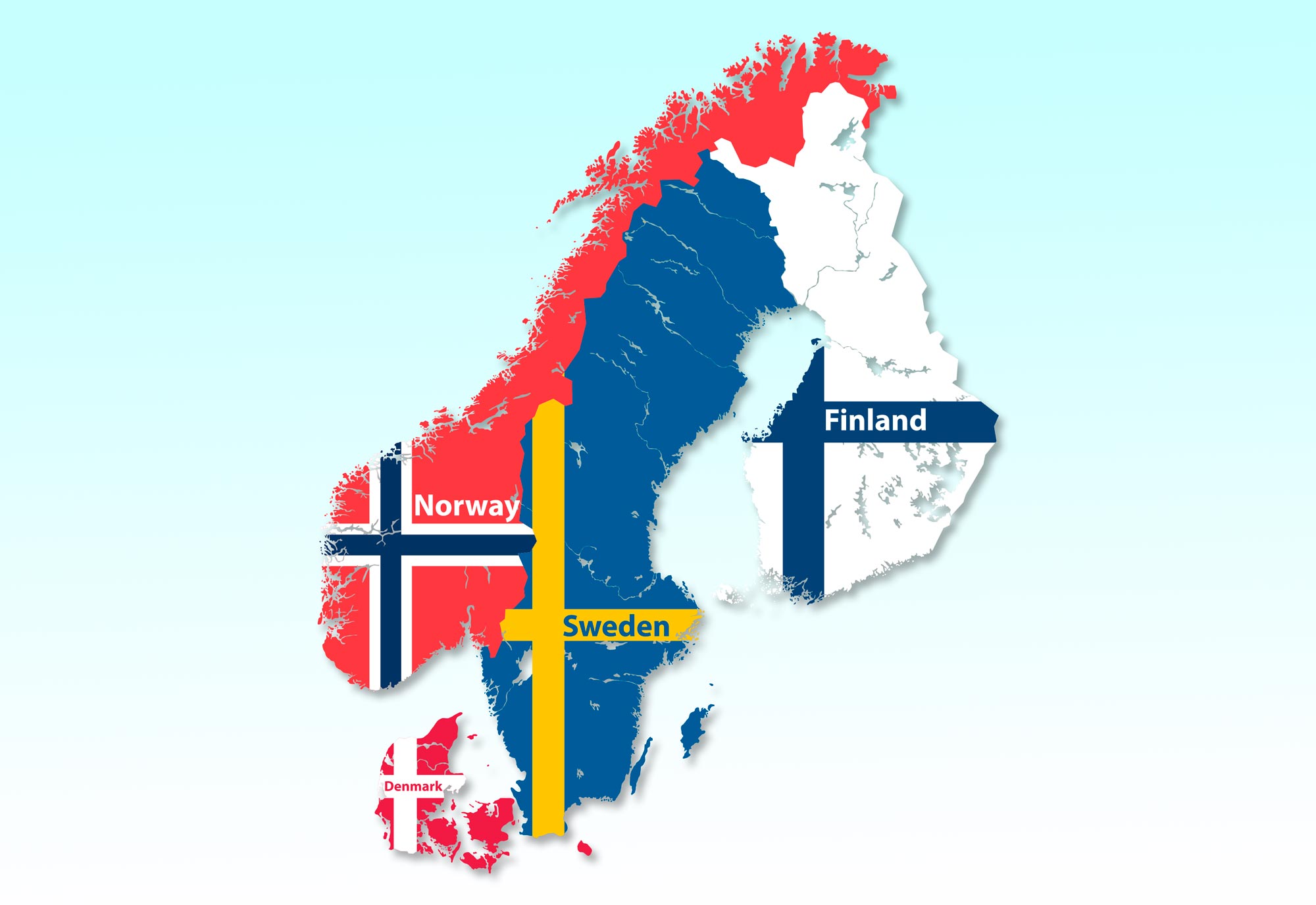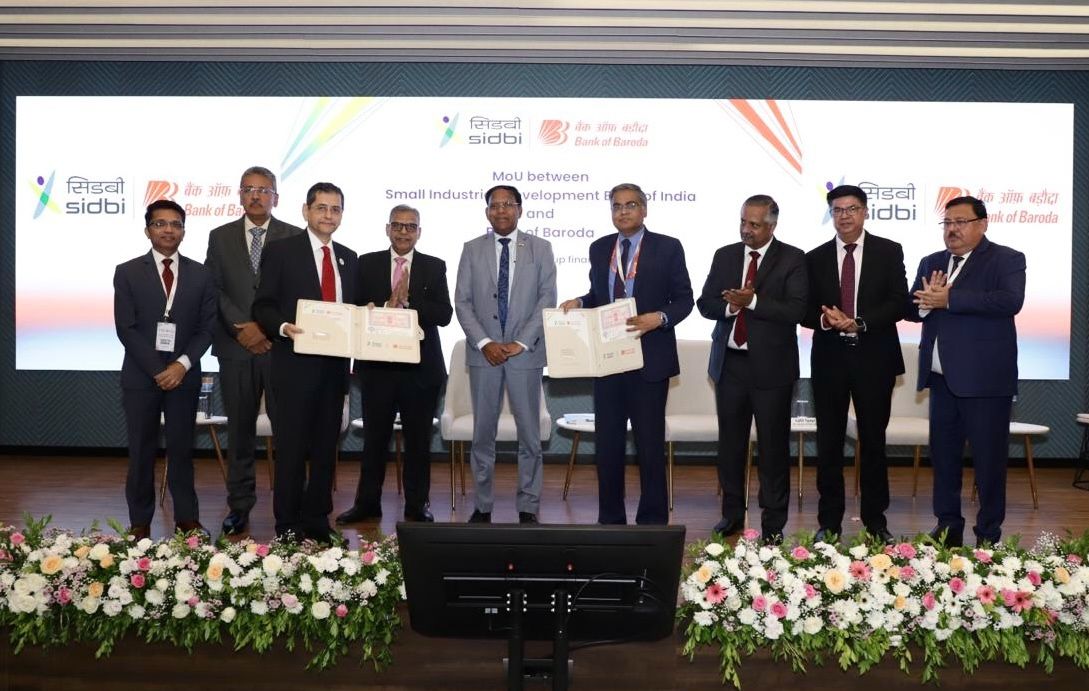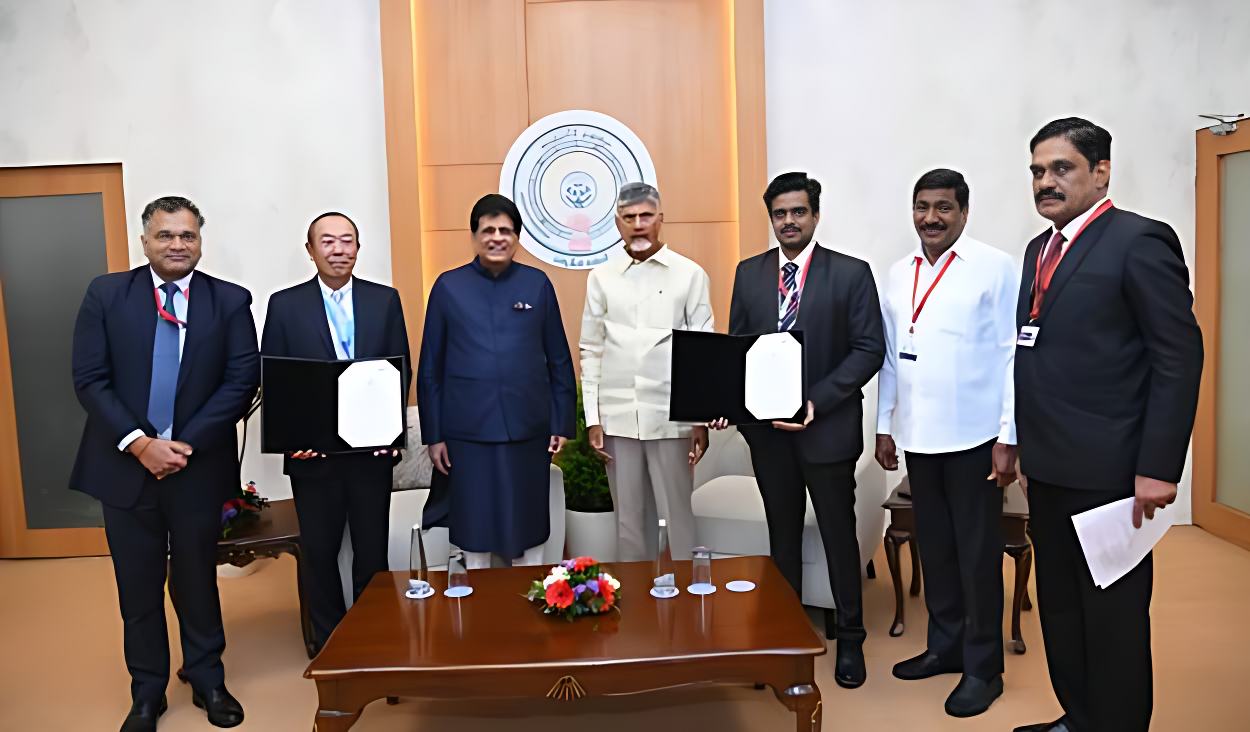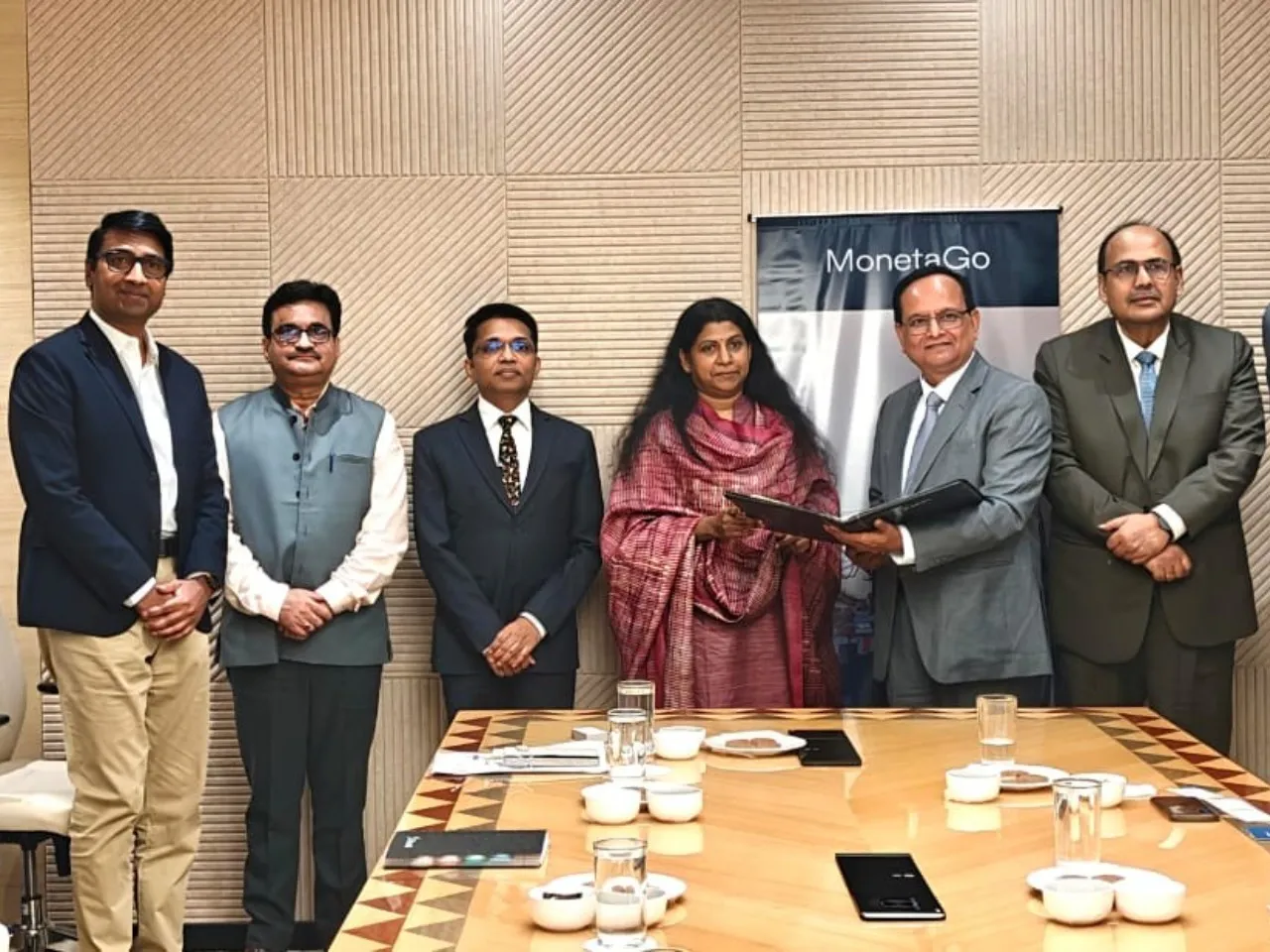Scandinavia’s Small Giants: Lessons for India’s Global-Ready Enterprises

In the evolving architecture of global trade and innovation, the spotlight is increasingly turning toward small and medium-sized enterprises (SMEs) the true engines of inclusive economic growth. Few regions exemplify this better than Scandinavia. Across Denmark, Sweden, Norway, Finland and Iceland, SMEs have not only flourished but have been integrated as central pillars of national innovation strategies, sustainability agendas and export-led prosperity.
India, home to over 63 million MSMEs, stands at the cusp of a similar inflection point. As the country accelerates toward its $5 trillion GDP ambition and strengthens its foothold in global value chains, Scandinavian SME models offer powerful lessons not as distant ideals, but as practical blueprints for transformation.
Nordic Strength in Numbers
SMEs account for over 60% of employment and nearly 50–60% of GDP in Scandinavian countries. In contrast, Indian SMEs contribute about 30% to GDP and 45% to exports, underscoring both their significance and the potential yet to be unlocked.
What sets the Nordic model apart is not just the scale of support, but the strategic coherence digitalization, skilling, R&D, funding and regulatory frameworks all converge to empower SMEs across sectors.
Sweden, for example, ranks among the top 10 in the World Bank’s Ease of Doing Business Index. Denmark enables startups to register in under three days. Public R&D spending across the region is consistently above 2% of GDP, in stark contrast to India’s current 0.7%. These metrics reflect a long-term, systemic investment in competitiveness one that can inspire India’s policy recalibration.
High-Impact Sectors
Scandinavian SMEs are embedded in high-value, globally relevant sectors and thrive through focused innovation clusters and export orientation.
Sweden is home to thousands of tech startups and scale-ups. Global success stories like Spotify and Klarna began as small teams nurtured by well-funded accelerators. Finland’s edtech and cybersecurity ecosystem continues to flourish, aided by innovation vouchers worth €10,000–€50,000, allowing SMEs to develop IP without diluting equity.
Denmark’s clean energy SMEs drive over 50% of national power generation through wind. Government subsidies reduce energy costs by up to 30% for small businesses. Meanwhile, Norwegian SMEs in maritime technology and aquaculture benefit from R&D tax rebates and export guarantees covering 90% of overseas risk.
These enterprises are not just commercially strong they’re environmentally and socially resilient. Over 70% of Nordic SMEs integrate ESG practices into operations, a trend enabled by incentives such as Sweden’s carbon tax rebates for green innovation.
Enabling Policy as a Growth Catalyst
The Nordic ecosystem is built on policy alignment and ease-of-access. SME-centric initiatives include:
- Low-interest revenue-linked loans (e.g., Denmark’s Growth Fund)
- R&D grants for early-stage digital projects (e.g., Finland’s Tempo)
- VAT waivers and simplified compliance for micro-businesses (Norway)
- Single-window digital portals with integrated registration, advisory and tax services (Sweden)
Government initiatives are implemented through public-private institutions that are nimble, responsive, and built on trust. Annual reviews and high compliance rates (over 90%) ensure that these schemes are not static but evolve with market realities.
What Indian SMEs Can Internalize
The Nordic model is not about replication; it’s about adaptation with intent. Indian SMEs face unique challenges, but they also possess unmatched entrepreneurial depth and digital momentum. Here’s how Indian policy and enterprise leaders can translate Scandinavian insights into domestic outcomes:
1. Digital First, Not Digital Later
India’s digitization push through initiatives like ONDC, Udyam and GeM must be paired with financial incentives such as innovation vouchers and ERP adoption grants to accelerate SME digital maturity. A modest ₹50,000–₹2 lakh scheme per firm could unlock massive productivity gains across key sectors.
2. Cluster-Led Innovation
Drawing from Sweden’s Smart Industry model or Denmark’s wind clusters, India can enhance its MSME-CDP (Cluster Development Programme) with focused green energy zones, medtech hubs and textile innovation corridors, supported by tax rebates and subsidized testing infrastructure.
3. Reimagine Compliance
Moving from fragmented to integrated compliance is key. A pan-India digital interface for SME registration, GST and export documentation built on Udyam and AI chatbots can drastically reduce operational friction and encourage formalization.
4. Skilling as a Growth Multiplier
India’s Skill India Mission can take cues from Finland, where each SME employee is entitled to 20 hours of government-subsidized training per year. Such initiatives reduce turnover, improve innovation capability and create long-term workforce resilience.
5. Trust as a Trade Differentiator
Scandinavian SMEs benefit from transparent trade, fast dispute resolution, and ecosystem accountability. India’s trade finance, invoice discounting (TReDS) and ESG ratings for MSMEs can be strengthened to make “Trust Made in India” a credible global brand.
A Moment of Opportunity
India’s SMEs are no longer peripheral players they are central to the country’s global aspirations. With tools like UPI, Account Aggregator, ONDC and growing bilateral trade agreements, Indian enterprises are poised for their next leap. But structural support must evolve to match ambition.
The Scandinavian SME success story offers more than admiration. It offers a credible, proven playbook. One built on smart capital, institutional trust, green innovation and inclusive growth. If India can blend its demographic dividend with Nordic ecosystem thinking, its SMEs won’t just compete globally they’ll help redefine the future of global trade.











